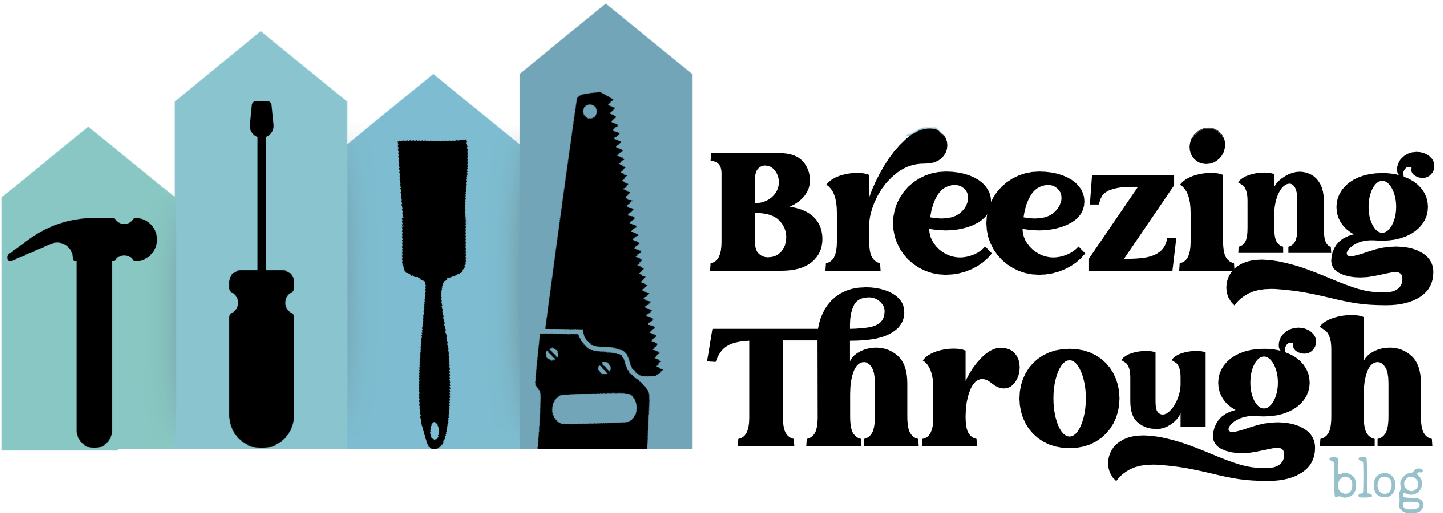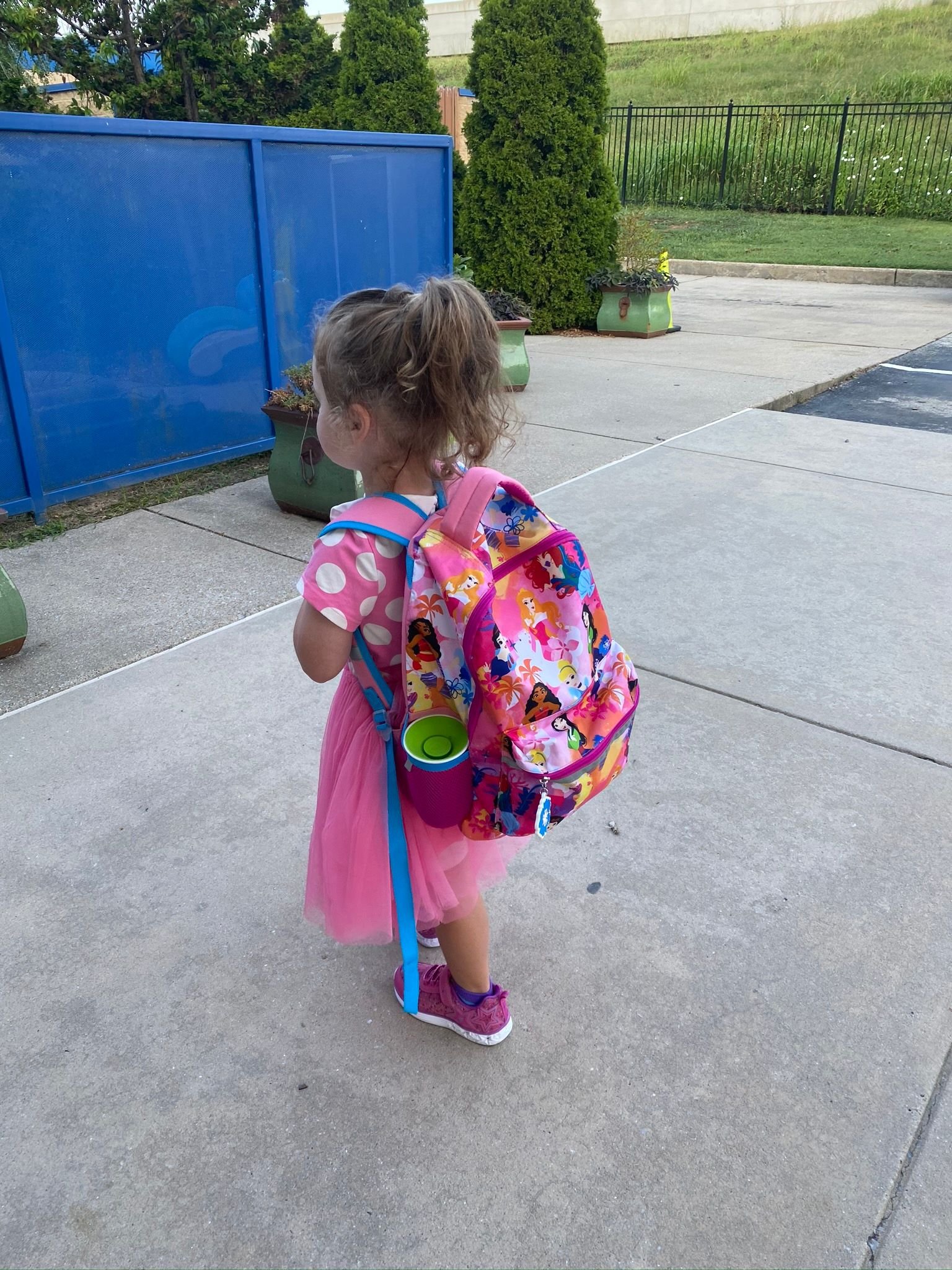Navigating the Special Education System Part 4: IEP vs ISP
Welcome to back to my series about navigating the special education system. Today, I want to talk about the difference between IEPs and ISPs. I've previously touched on what an IEP is, so head back to that post first if you need a refresher, but I wanted to go more into depth on what an ISP is and the difference between the two.
Navigating the Special Education System Part 4: Differences
An IEP is an Individualized Education Plan and falls under the Individuals with Disabilities Act or IDEA. This is provided for every public school student who qualifies under one of the 13 disabilities from the IDEA. An IEP outlines any special education supports and services the school is required to provide to the student, along with any curriculum changes or modifications that need to be made, basically anything deviates from the standard education process. It can include specially designed instructions or any accommodation changes. So this could be changes to the learning environment like where the child takes a test, how much time they have to take a test, if they need to leave the classroom to take breaks, a sensory corner, etc. Basically any modifications that make learning easier for the student. Other examples can be doing fewer math problems, reading at a different reading level, or taking a different kind of test than their peers during testing. It also includes any assistive technology and how the student will be included in general education with their peers. It also highlights annual goals, their current level of performance and how the data will be collected. The student's disability must have a major impact on how the student goes through school.
An ISP is an Individualized Service Plan or just a service plan, depending on where you live. It is an individualized plan that is offered by the Local Education Agency (LEA). Under IDEA, the LEA, was required to set aside funds to provide services to students who attend private schools. An ISP is only going to include services that will be made available for the child. This does not include goals, accommodations, or modifications. It is strictly the services that they are required to provide under the law. Instead, they're entitled to what is called "equitable services" which is based on the funding that the LEA puts aside every year. The services will be provided at the private school if possible, but the student might have to travel to a public school to receive those services instead. Services and funding are based on year to year decisions and really depends on if funding runs out before the school year is over. Basically, it's very limited and isn't going to provide the same things that an IEP would. To qualify for an ISP, the student must be placed in a private school by their parent or guardian and need to qualify for one of the 13 disabilities listed in IDEA, and need special education to benefit from and access general education.
How do you know if your child needs an ISP? Obviously, if they have an IEP from a previous public school they can take it with them and work with the school and the county about converting from an IEP to ISP. If you are already in a private school, you can connect with the county and have your child evaluated through Child Find, and then they will determine whether or not your child qualifies for services through an ISP. The other main difference is that an IEP is going to cover services, accommodations, modifications, anything that deviates from the general education process whereas an ISP is only going to provide services, and subjected to funding limit. The moral of the story is that no matter where you live or what kind of school your child goes to, they are entitled to services.
Navigating the Special Education System Part 4: Our IEP to ISP Transition
Right before we moved to Tennessee my daughter was evaluated by the county where we lived in Virginia. Our daughter was only 2.5 years old but was deemed eligible for an IEP because she qualified with the autism disability under IDEA in Virginia. She was able to get an IEP at the special education preschool she went to. When we moved to Tennessee, her IEP moved with us because that is how IEPs work. They are under federal law, so they move from state to state with you. Once we were in Tennessee, we moved to a place where she could attend a private school that had a contract with the county to provide seats for children who needed to attend a special education preschool. This is a pretty common thing when counties don't have enough classrooms, teachers, or the ability to provide the services for these students, they will contract out to other schools that can provide those services.
Before her second year of preschool, we had a meeting to create her IEP for the 2021/2022 school year. The school and county terminated their contract and so she went from attending a private school as a county student to just attending a private school. With this we had two options. We could move her to a new public school and keep the IEP she currently had or we could keep her at her current private preschool and switch over to an ISP. She was really thriving at this school so we decided to keep her there. This school was so special because It was a fully inclusive preschool with about 50/50 of kids with and without disabilities. The preschool was also attached to a developmental pediatrician's office with a bunch of other therapy services. The pediatrician's office worked closely with the school and was able to provide her with occupational therapy, speech therapy, ABA therapy, and feeding therapy. Since she attended that medical practice, the preschool team would all meet together every other week and decide what was going on and what things she specifically needed. This meant she was able to get services through our insurance company in the same building.
Even though the county and the preschool had a contract together, any child that received extra services had to be done outside of the classroom so that time and resources were divided equitability. However, once the private school and county went their separate ways, all therapies could happen in the classroom. When we were looking at what our options were, we decided it was best to keep her in this private preschool because she could now have all of her therapies in the classroom. She had play and feeding therapy in the classroom and sometimes OT and speech that, depending on what they were doing, worked in or out of the classroom. This was a big change for our daughter because for an entire school year she had a one-on-one therapist, essentially having having an aide in a public school, that was trained specifically for her preschool classroom, the majority of the day. Her therapist helped her navigate working with peers, academics, self-regulating, and recognizing when she needs a break. Unfortunately, this just wasn't something that would happen in a public school setting, even with the amazing IEP and team she had behind her. We chose to keep her in the private school and pay out of pocket. While her ISP was drastically different from her IEP, she was receiving services in the private school she never would've received in a public school so we felt like it was a good trade. We credit all of those extensive services she received at preschool for her being able to start kindergarten at the age of five with her peers.
Navigating the Special Education System Part 4: IEP/ISP Comparison for the Same School Year
Let's go over the detailed differences between her IEP vs ISP. Like I said before she had an IEP created for the 2021/2022 school year in June of 2021. A month later, the ISP was made. They were made for the exact same school year, so it's a really interesting comparison that most people don't get to see. The IEP gave her 2,100 minutes of special education and related services per week with 10 annual goals. This broke down to almost seven hours a day of the special education preschool program. Then she had 30 minutes a week for speech and 30 minutes every two weeks for OT. In contrast, her ISP had 30 minutes per week of speech therapy with one annual goal. That was it. That's all the county was able to provide and that's all she qualified for. Just as a reminder, this is for the exact same school year. Like I said before, we made the decision to keep her in the private school where she was going receive all of her previous services so she didn't have such a drastic change which would have been hard for her. When she graduated from preschool in 2022, she started kindergarten for the 2022/2023 school year and we switched back to a traditional IEP. She had a lot less service hours per week because she was no longer in a specialized program. It was only 280 minutes per week because she was in a mainstream kindergarten class.
Any parent who has a child with a disability that requires services knows there are different things you have to consider when making big decisions. Understanding what you're going to get out of the county makes a big difference. It all comes down to what you feel is best for your child, but in my opinion the school is what makes the biggest difference.
Hopefully this helped explain the difference between an IEP and an ISP. It is so important to know what your options are and the more educated you are on the services that your child needs, the more you are able to advocate for them.



